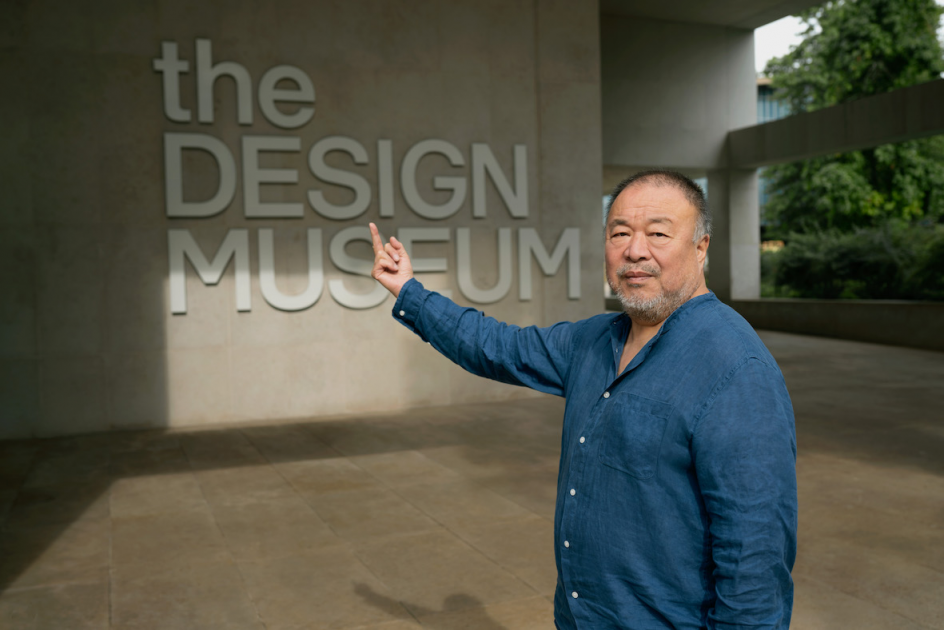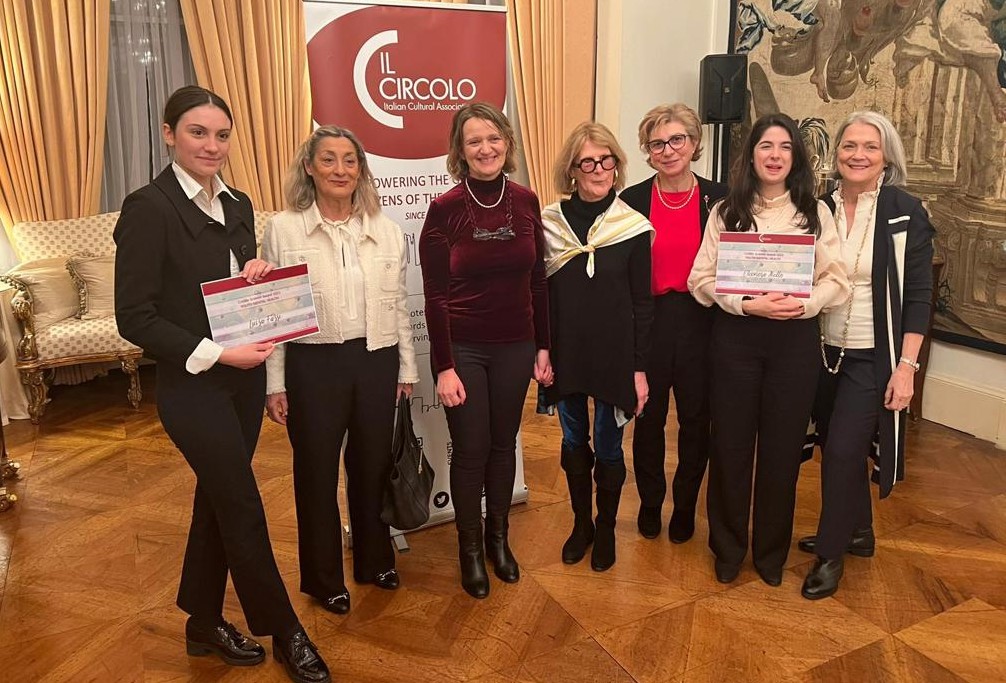Most of the time information takes the form of a series of synapsis. One unearths a piece of information and that leads to another and then another and then, suddenly, an unlikely, surprising connection appears. This is the story of one of those instances involving three very adventurous characters, two real and one imagined.
Who is Corto Maltese?
Let’s start with the imagined one: Corto Maltese is the most successful cartoon character designed by Hugo Pratt.
Corto Maltese was a sea captain who travelled the seas during the early 20th century (1900–1920s). A “rogue with a heart of gold” although maintaining a neutral position, Corto instinctively supports the disadvantaged and oppressed. Born in Valletta on July 10, 1887, he is the son of a British sailor from Cornwall and an Andalusian–Romani witch and prostitute known as “La Niña de Gibraltar”.
Corto befriends people from all walks of life, including the murderous Russian Rasputin (no relation with the historical figure, apart from physical resemblance and some character traits), and also knows and meets various real-life historical figures, including Jack London, Ernest Hemingway, Hermann Hesse, Butch Cassidy, James Joyce, Gabriele D’Annunzio, Frederick Rolfe, Joseph Conrad, John Reed, and Enver Pasha of Turkey.
Corto’s stories range from straight historical adventures to unreal dream sequences. He is present when the Red Baron is shot down, flees Fascists in Venice, but he also helps Merlin and Oberon defend Britain and helps Tristan Bantam visit the lost continent of Mu.
Corto also has the advantage of all paper heroes, he does not grow old!
So whose mind created him? The first real character in our story: is Hugo Pratt with quite an adventurous life himself.
The creator of Corto Maltese
Ugo Eugenio Pratt (15 June 1927 – 20 August 1995), better known as Hugo Pratt, was born in Rimini, Italy. He spent much of his childhood in Venice in a cosmopolitan family environment. His paternal grandfather Joseph was Catholic of English and Provençal origins, his maternal grandfather was of hidden Jewish descent and his grandmother was of Turkish origin. Does it ring a bell?
In 1937, Pratt moved with his mother to Abyssinia (Ethiopia), joining his father who had moved there following the conquest of that country by Benito Mussolini’s Italy. Pratt’s father was captured in 1941 by British troops and, and in late 1942 died from disease as a prisoner of war. The same year, Hugo Pratt and his mother were interned in a prison camp at Dirédaoua, where he would buy comics from guards, and later was sent back to Italy by the Red Cross.
After the war, Pratt moved to Venice and joined the Venice Group with other Italian cartoonists. Their magazine Asso di Picche, launched in 1945 concentrated on adventure comics.
In the late 1940s, he moved to Buenos Aires, where he worked for Argentine publisher Editorial Abril and taught drawing in the Escuela Panamericana de Arte. He often travelled to South American destinations such as the Amazon and Mato Grosso. During that period, he produced his first comic book as a complete author, both writing and illustrating ‘Anna della Giungla’.
After working for a couple of years in London and a brief return to Argentina, he moved back to Italy in 1962 where he started a collaboration with Corriere dei Piccoli, for which he adapted several classics of adventure literature, including Treasure Island.
In 1967, Pratt met Florenzo Ivaldi; the two created a comics magazine named after his character, Sergeant Kirk. Pratt’s most famous story, ‘Una ballata del mare salato’ (A Ballad of the Salty Sea), is published in the first issue and introduces his best-known character, Corto Maltese.
From 1970 to 1984, Pratt lived mainly in France. Then from 1984 to 1995 in Switzerland, dedicating himself almost totally to new Corto adventures.
A wanderer by nature (really?), Hugo Pratt continued to travel from Canada to Patagonia, from Africa to the Pacific area. He died of bowel cancer on 20 August 1995. Corto Maltese survived his creator, and he is still happily living his adventures around the world.
Was a real person who inspired Corto Maltese stories?
Yes. Paolo Caccia Dominioni. Paolo Caccia Dominioni, 14th Baron of Sillavengo (14 May 1896 – 12 August 1992) was an officer in the Alpini Mountain Infantry Corps, engineer and writer, most famous for his participation in the North Africa Campaign in World War II.
Paolo Caccia Dominioni Life
In 1915, when Italy joined World War I, he registered as a volunteer and fought in the Alpini Corps, with the grade of first lieutenant. In February 1920, he finished his studies at the Polytechnical School in Milan, earning his doctorate in Civil Engineering in 1922.
From 1924 onwards, Caccia Dominioni worked mainly abroad. During his engineer’s career in prewar Egypt, he explored the Egyptian desert. In 1931, Caccia Dominioni undertook a topographical survey of Tripolitania and in 1935 he led a reconnaissance campaign in Sudan.
In 1935–6 Caccia Dominioni fought in the Second Italo-Ethiopian War. At the outbreak of World War II, he was first assigned to Military Intelligence. In June 1942 he was given command of the XXXI Sappers Battalion. He commanded during the First Battle of El Alamein, the Battle of Alam el Halfa, and the Second Battle of El Alamein. Field Marshall Erwin Rommel personally awarded him the Iron Cross, 2nd Class for his actions during the First Battle of El Alamein.
After the Armistice, he joined the Italian resistance movement with the 106th Garibaldi Brigade.
Caccia Dominioni devoted his postwar career to the retrieving of soldiers’ corpses still on the Alamein battlefield. He designed and constructed a cemetery and a memorial building, on a particular spot on the Alamein battleground named “Hill 33”. There thousands of Italian, German and British unknown fallen soldiers, were eventually identified and received a proper burial. Dominioni also built a cemetery, and a memorial, in Gorizia, Northern Italy, remembering the victims of the Italian/Jugoslav WWII fighting.
Caccia Dominioni was a correspondent for Il Corriere della Sera (1931–61) and a contributor to other Italian and French newspapers. He died on August 12, 1992, in Rome.
Caccia Dominioni, architect, engineer, soldier, writer, artist. His drawings are outstanding and quite clearly have influenced Hugo Pratt, as he mentioned.

Bottom image – Drawing by Caccia Dominioni
Three lives connected by the love of adventure.
Here you are. Three lives connected by the love of adventure. Three lives were influenced by an intoxicating mix of cultures and travel. Nice to think that the two real characters are still living behind the enigmatic smile of Corto Maltese!




